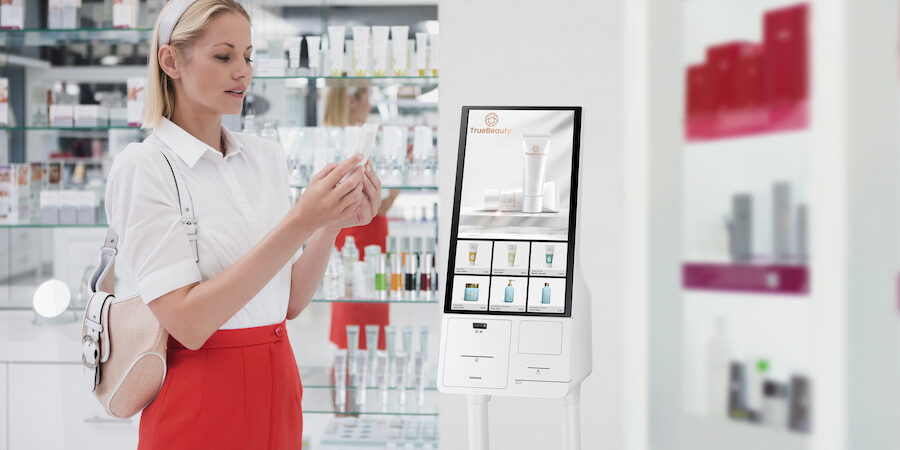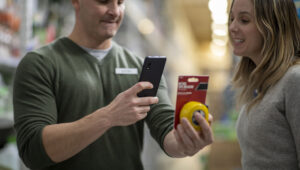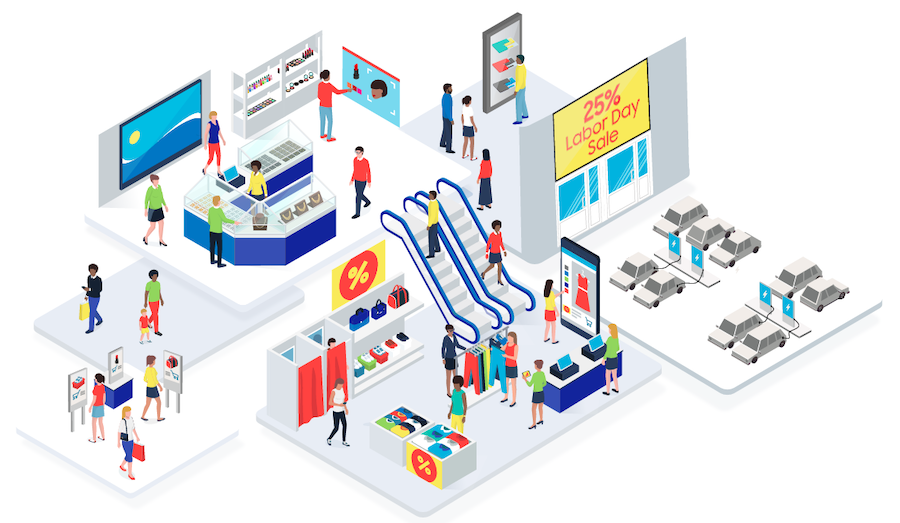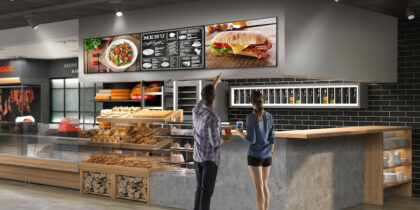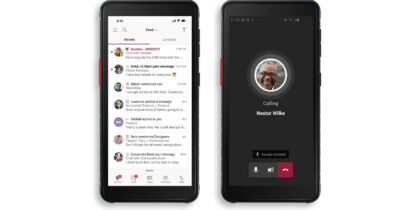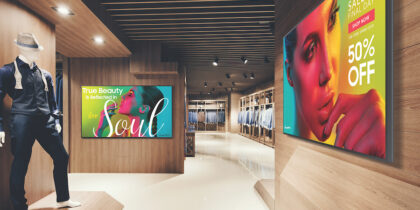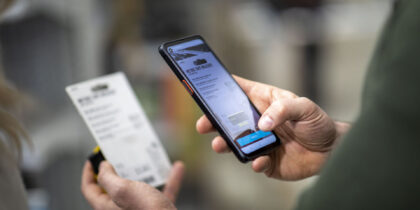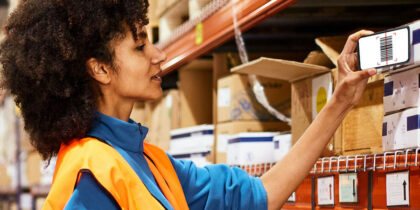Loyalty programs are designed to build long-term relationships with customers by offering incentives and rewards based on their loyalty and repeat business. Airlines rewarding frequent fliers with free upgrades and checked bags, casinos reserving their best suites for high rollers, and grocery stores offering discounts on food and household products are all examples of loyalty programs in action. In return for savings, customers share demographic information that helps marketers track their habits. It’s a win-win, which is why 90% of businesses have a loyalty program.
Loyalty programs aren’t just about offers and points
There’s no denying that customers love saving money, and these types of discount-oriented programs were part of the first wave of loyalty offerings. In recent years, however, consumer needs and preferences have dramatically shifted away from standardized discounts and toward more personalized interactions. Today’s customers want more than just sporadic discounts and standard “buy nine, get the tenth free” offers. Instead, they want personalized upsells and cross-sells, tangible value like cash back on purchases, special member pricing, and other creative perks. According to Forrester, 63% of U.S. online adults are willing to share personal information with companies for perks like cash rewards, loyalty program points, early access to new products, and other unique value propositions.
For example, fast food restaurant customers have responded well to secret menus, flocking to their favorite restaurants to post their culinary finds on social media. And retail stores offer early access to Black Friday deals, among other benefits, to those who are signed up for the rewards program.
Loyalty partnerships — when two or more businesses offer rewards to each other’s customers — are another way to differentiate brand loyalty offerings. Instead of the standard discounts, some brands are teaming up to double guests’ loyalty benefits. For instance, Starbucks and Delta Air Lines merged their loyalty programs. Now customers earn one mile for every $1 they spend at Starbucks and double miles if they buy Starbucks on Delta travel days. Another brilliant pairing? Shoppers can return Amazon packages to any Kohl’s location (except Anchorage, Alaska) — where their items will be carefully packed and shipped for free — and receive a Kohl’s coupon for doing it.
Another strategy is value-based loyalty. Studies show customers are more likely to do business with companies whose purpose aligns with their values. For example, 60% of consumers rate sustainability as an important factor in their purchasing decisions, and 34% of consumers say they’ll pay more for sustainable products and services. Value-based loyalty also allows brands to partner with charities, like when beauty behemoth Sephora allowed rewards points to be turned into donations for the National Black Justice Coalition. These kinds of creative rewards are the next wave of loyal offerings.
How digitizing retail experiences boosts ROI
Explore customer behavior with and the operational benefits of a complete digital retail ecosystem. Download Now
The rise of loyalty programs integrated with retail self-service kiosks
As businesses look for innovative ways to enhance customer engagement and increase customer loyalty, loyalty programs that are integrated with self-checkout kiosks have become increasingly popular. These programs combine the convenience of self-service technology with the benefits of loyalty rewards, creating a seamless and rewarding experience for customers.
Self-service kiosks equipped with loyalty program functionalities allow customers to access their accounts, view and redeem rewards, and earn points directly through the kiosk interface. This integration eliminates the need for customers to carry physical loyalty cards or rely on separate systems for reward redemption, reduces wait times, and empowers customers to manage their rewards independently.
The Samsung Windows All-in-One Kiosk allows operators to get their loyalty kiosk offering up and running quickly. Featuring the Windows 10 IoT Enterprise OS, it comes standard with an intuitive all-in-one ordering and payment system powered by 11th Gen Intel® Core™ Processor. With its compact and modern design, Samsung Kiosk can sit on a countertop, attach to a wall, or operate as a standalone unit.
By integrating loyalty programs with retail self-service kiosks, businesses can not only increase wallet share — 57% of consumers spend more on brands or providers to which they are loyal — they can also gather valuable data about customer preferences and behaviors. This data can be used to personalize offers and recommendations displayed on the kiosk screens. For example, Samsung self-service kiosk may suggest relevant products or promotions based on past purchases. In a restaurant, it might be a customer’s favorite meal, or in a hotel, a signature spa treatment.
Stand apart from the competition with Punchh
Samsung Kiosk supports enhanced compatibility with third-party platforms and comes with Punchh — the largest loyalty program in the U.S. — installed on the device. While Punchh has long been known as an industry-leading food and beverage loyalty and marketing platform, it can optimize the checkout process and collect insightful data for any retail vertical.
By leveraging Samsung’s digital signage portfolio with Punchh’s reputation as the largest loyalty program in the U.S., businesses can deliver impactful messaging, cross-channel interactions, and new opportunities for authentic engagement.
The rise of loyalty programs integrated with self-service kiosks offers businesses a powerful tool to enhance customer loyalty and satisfaction. By combining the benefits of self-service technology with personalized rewards and engaging experiences, these programs create a win-win situation for both businesses and customers.
Learn more about how the Samsung Kiosk can streamline and enhance the customer journey. And discover a versatile range of signage options in the full lineup of Samsung’s interactive retail displays.
